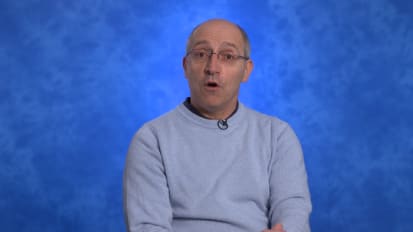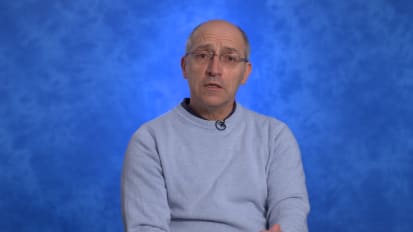Francesco Saverio Celi, MD, MHSc

William G. Blackard Professor of Medicine
Chair, Division of Endocrinology
Diabetes and Metabolism
Department of Internal Medicine
Virginia Commonwealth University
Director, VCU Health Diabetes Program
Richmond, VA
Can you summarize the current treatment challenges for hypothyroidism as encountered by a broad spectrum of clinicians, including primary care, internal medicine, endocrine, women’s health, and geriatric specialists?
Can you walk us through the typical presentation of a patient with hypothyroidism and what the guideline-adherent approach is to laboratory evaluation, clinical decision tree and initiation of therapy?
Once we decide to treat a patient with laboratory findings and a clinical presentation compatible with hypothyroidism, how do we initiate treatment with synthetic LT4? How do we monitor with respect to LT4, T3, TSH, and their global health?
When using LT4 monotherapy, is monitoring of TSH sufficient to guide therapy? Can you elaborate on this?
Can you discuss the consensus report on identifying a subset of patients with hypothyroidism who fsaol to achieve optimal symptomatic resolution with LT4 monotherapy; and, therefore, should be considered for combination T4/T3 combination therapy?
The recognition that LT4 monotherapy is inadequate for producing symptomatic improvement in many patients has led to the formation of an international working group focused on identifying such patients. Can you share your experience with this group?
What laboratory and/or clinical features, especially persistent symptoms, suggest the need for combination therapy—including with a DTE—to optimize management? What have trials evaluating patient preferences suggested about combination therapy?
How do you evaluate the success of combination therapy? What laboratory and/or symptom parameters do you assess? And how do you initiate combination therapy with synthetic T4 and T3?
In primary care/internal medicine, combination therapy typically consists of DTE as the preferred approach in patients failing to respond to LT4 monotherapy. Can you provide a roadmap for DTE use—including NP Thyroid and other formulations?
Is it preferable to use DTE as a stand-alone combination therapy to substitute for LT4, or can/should it be used to supplement LT4 monotherapy? And what is the safety profile of DTE? And what is the monitoring strategy for combination therapy?
What percentage of patients who, for symptomatic reasons, have been switched from LT4 monotherapy to DTE, do you find actually improve on DTE, and what do they report?
How would you summarize your experience with hypothyroidism, in particular, your perspective on the current role of combination therapy with DTE?














